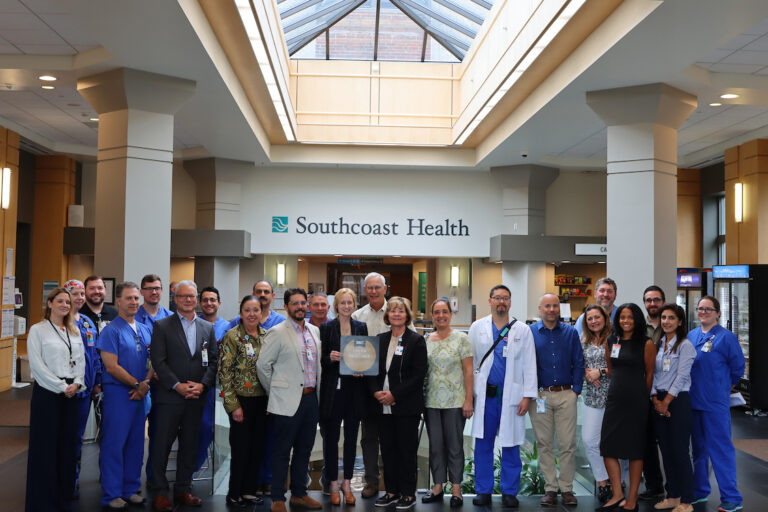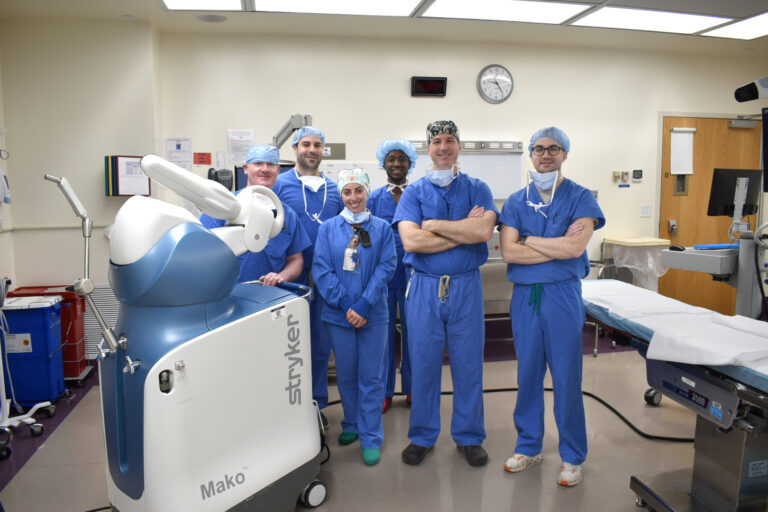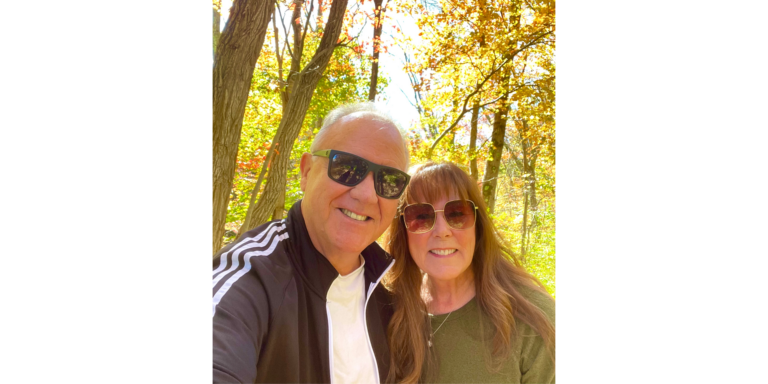Robotic-Assisted Surgery Technology
The Future of Surgery is at Southcoast Health
Robot-assisted surgery allows surgeons to perform many different types of complex procedures with more precision, flexibility and control than what is normally possible with conventional surgical techniques.
For patients, robotic surgery can offer several potential benefits over conventional open surgery, including:
- Less blood loss
- Less risk of infection
- Less scarring
- Shorter hospital stays
- Shorter recovery time
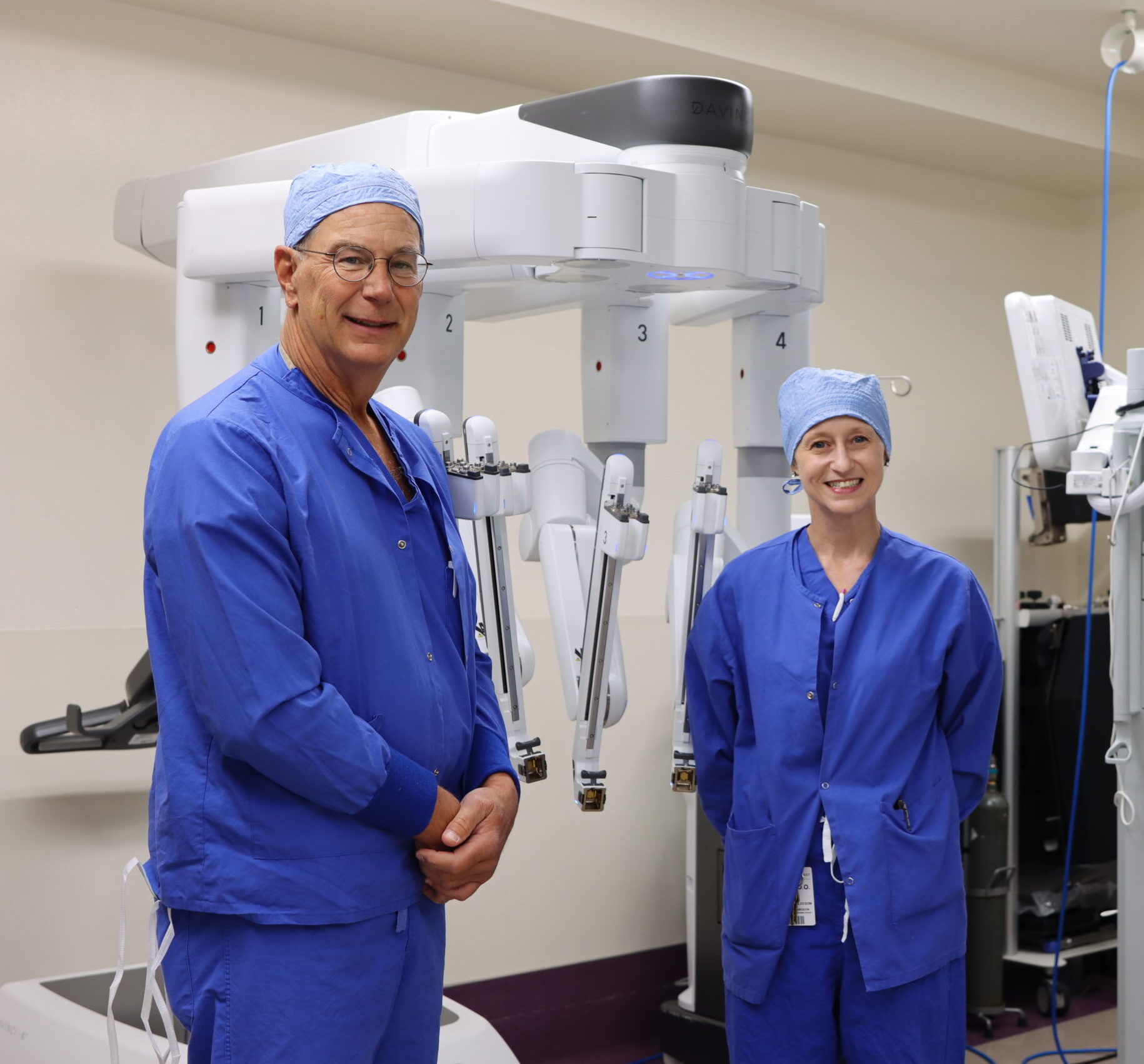
Recognized for Clinical Excellence in Robotic Surgery
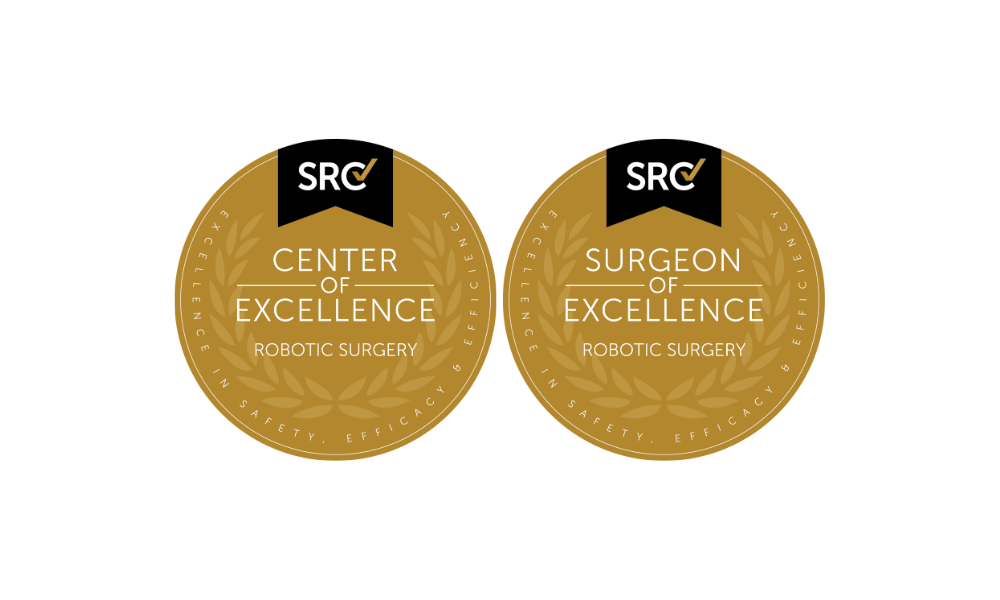
How Robotic-Assisted Surgery Works
da Vinci® Surgical System
Greater Precision with Smaller Incisions
With the da Vinci® surgical system, the surgeon sits at a control console in the same operating room as the patient. The console translates the surgeon’s hand movements at the console in real time, bending and rotating the instruments while performing the procedure.
Mako™ Robotic-Arm Assisted Technology
A New Solution for Joint Pain
The Mako system guides the surgeon within a pre-defined area and helps prevent the surgeon from moving outside the planned boundaries. The Mako system doesn’t actually perform the surgery, it simply helps surgeons perform the procedure with greater accuracy and with a minimally invasive method.
7D Flash™ Surgical System
A Clear Vision for Back Surgery
7D surgical technology for spinal procedures guides surgeons with a highly detailed 3D image taken in just four seconds. Similar to what GPS has done for geographic navigation, 7D is like a GPS system for back surgery. The system allows surgeons to perform fast, efficient, and radiation-free spine surgery.
Ion Robotic-Assisted Endoluminal System
A Minimally Invasive Approach to Lung Biopsy and Cancer Treatment
During a bronchoscopy with the Ion surgical system, a surgeon uses the controller to navigate to the target along a planned path. The catheter can articulate 180° in any direction to pass through small, difficult-to navigate airways and around tight bends to reach all 18 segments of the lung.

